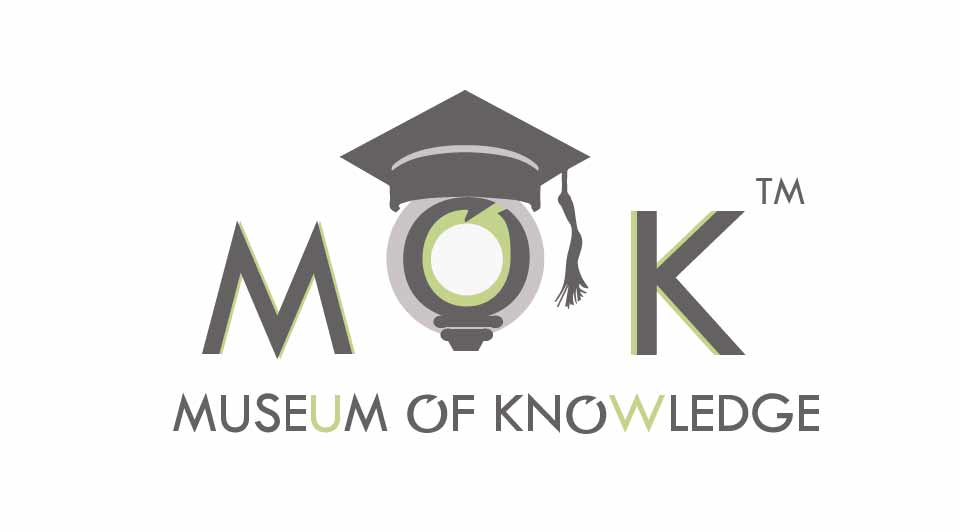Language learners are always keen to expand their skills and learn a language as quickly as possible. Students often ask the Museum of Knowledge team for best practice techniques that will enable them to learn German within 10 months. This is a broad question and is dependent on many factors such as the student’s natural pace and capacity to learn a language. Every student learns at a different speed and their ability to master a language such as German will be dependent on various dynamics. Here are the top five tips the Museum of Knowledge team has highlighted that we believe directly affects a student’s ability to learn German within 10 months.
Best Practice 1: Time and dedication
To learn German within ten months will take time and dedication on behalf of the student. Students should outlay between 3-4 hours a week for one-to-one tuition or group tuition. If group tuition is chosen, students should study in small groups of no more than ten students in total at any one time,
Best Practice 2: Structured learning
Students who wish to learn German must remain highly focused during this timeframe of 10 months in order to meet the objective to learn German quickly. The key to successful language learning is structure and students will need to organise their language learning effectively with a mixture of grammar, syntax and comprehension exercises included. It is also helpful for the language to be further divided into the four main areas of learning prose. These include, reading, writing, listening and speaking. Developing each one of these skills is paramount so that a more comprehensive understanding of the German language can be obtained.
Best Practice 3: Practice makes perfect
Although it may seem obvious, the importance of practising German on a regular basis cannot be underestimated. The German language may be complex for those who are more accustomed to Latin based languages and of course the grammatical differences between Germanic and Latin languages are considerable. Repetition may sometimes be perceived as an old fashioned language learning technique, but it is one that the Museum of Knowledge team stands by. The more a student practices speaking, listening, reading and writing in German, the more their skills and understanding of the German language will develop to a high level and within a ten month timeframe.
Best Practice 4: Visiting German-speaking nations
A very productive way of speeding up your understanding of German and to ensure that a student reaches his or her goal of gaining a reasonable level of competency in German within ten months, is to visit a German speaking country. The primary countries that may be visited by those students who wish to learn German within ten months include Switzerland and Germany. The accent of the Swiss population differs from that of the German population, however it is still useful to become accustomed to both dialects.
Visiting Germany or Switzerland enables students learning German to put into practice what they have learnt in theory. Students can practice ordering meals at restaurants, asking for directions as well as booking their travel around the German-speaking city. It will open the mind and improve cultural awareness as well as facilitate understanding of responses in German for any face-to-face dialogue undertaken.
Best Practice 5: Social interaction
An important element for those learning German is social interaction. It may seem at first glance, that a language is understood simply by reading text or listening to dialogue however it is the social interaction that will determine the extent to which the language a student is learning is understood. Social interaction can include speaking with German speakers online or via the telephone as well as face-to-face dialogue. Social interactions are key for better understanding and improvement of listening skills as well as speaking skills in particular.

